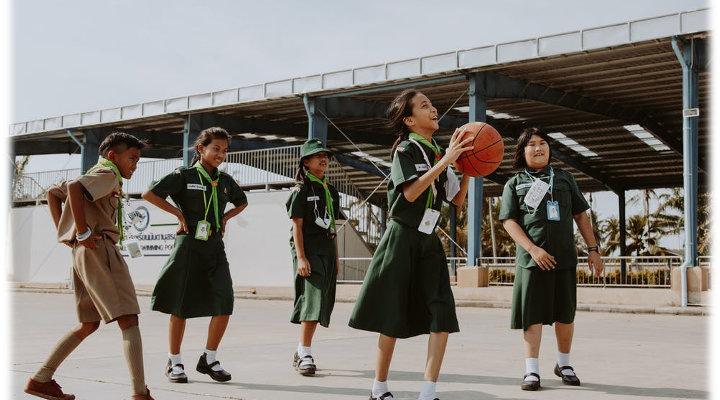ABOUT INTERACT
- INTERACT DIRECTORY
COMMUNITY
TAKE ACTION

Educational institution: Any formal organisation that offers professional education. It is a community where different groups are interrelated: students, teachers, parents, etc. Whereas not every education institution possesses a full Sport campus, they may likely have at least an indoor facility that could be devoted or adapted for Sport purposes.
Contribution:
For students and pupils.
For other groups
International endorsement
UN SDG No.4:
Build and upgrade education facilities that are child, disability and gender sensitive and provide safe, non-violent, inclusive and effective learning environments.
Additional Facilities
How to increase the use of Educational Institution venues
Adapted Rules to maximize the use of Sport equipment and facilities
Please go to Additional Guidelines 7
Preventing injuries and accidents in events or regular training sessions
Please go to Additional Guidelines 7
Other tips:
Children safeguarding in schools. Click Here
Ministry of Finance of Hungary supports the construction of facilities across the country (123)
100 Football Tables for Schools
(International Table Soccer Federation)
More information:
Project page. Click Here